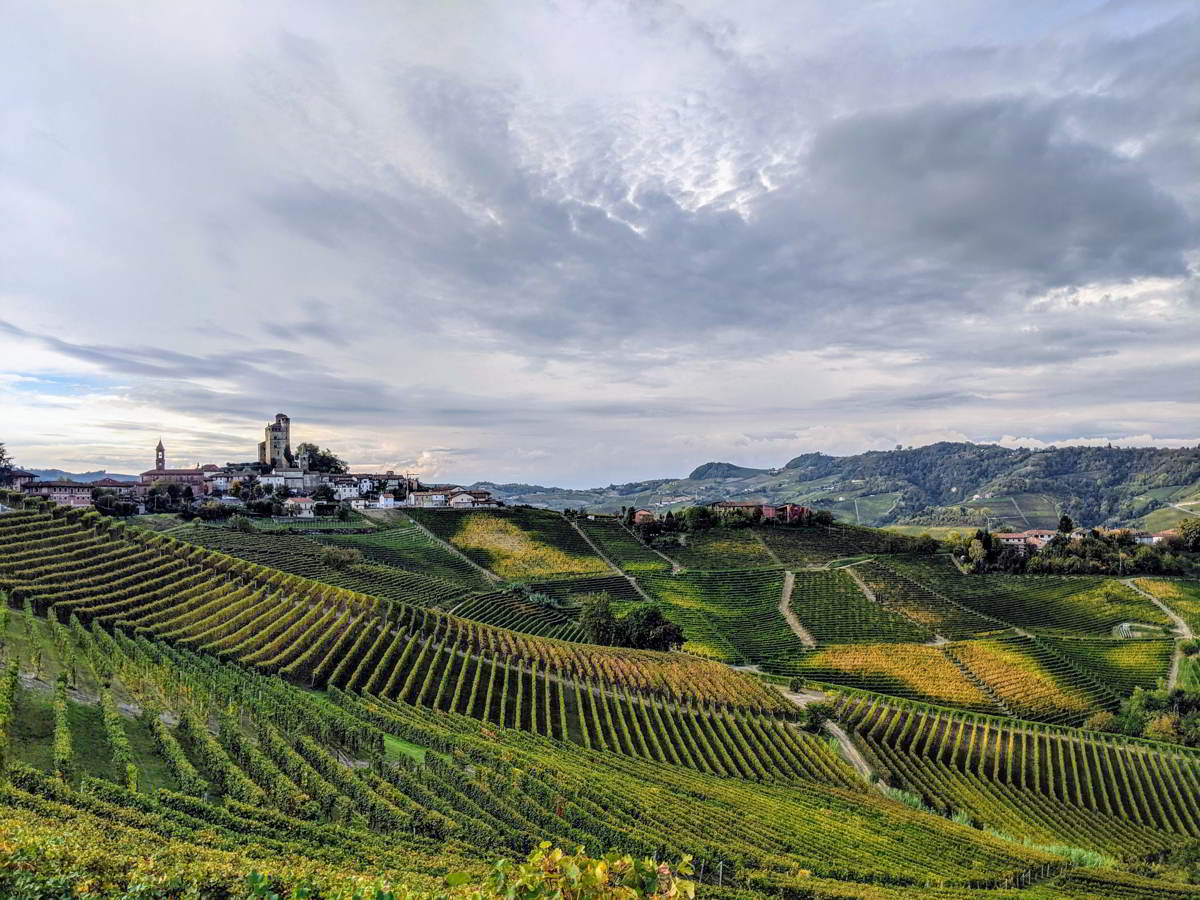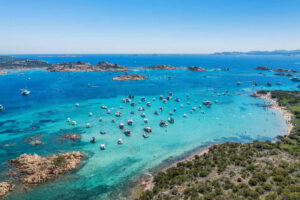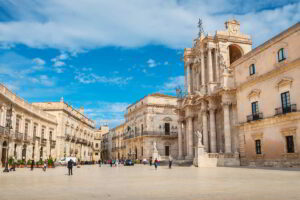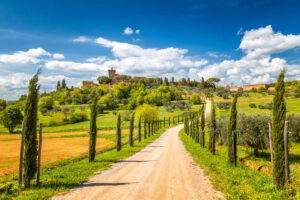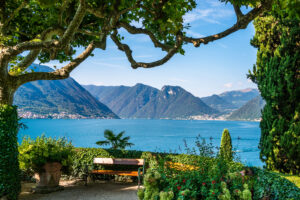Explore the Italian Regions Diversity with our Small-Group Tours
Are you looking to unveil less-visited Italian regions and delve into tours of a different but authentic Italy? Did you start realizing that Rome, Florence, and Venice do not fully picture how and where most Italians live?
Beyond the popular tourist hot-spots, Italy is a Country of diversity, divided into 20 regions, further divided into 107 provinces boasting its unique culture, cuisine, historical facts, and stunning landscapes.
From the influence of geographical features to the local history, every aspect of Italian culture has been shaped over centuries and drastically changed from region to region, sometimes evolving within a matter of a few miles.
In this article, we explain the main differences and highlights of many Italian regions, inspiring tours to the offbeat where mass tourism hasn’t arrived yet.
From visiting Tuscany’s Carrara white marble quarries to the brave winemakers on the slopes of the Amalfi Coast, from the wild rugged mountains of Sardinia to Sicily’s elegant Baroque architectures, our small group tours are designed to satisfy the first-timer visitor as well as the experienced traveler.
Whether it’s a lunch with a cheese refiner on Piedmont’s vineyard-clad hills or fine dining in Puglia’s white-washed villages, we blend Italy’s must-sees and off-the-beaten-path experiences in intimate journeys with only six to twelve travelers. Unveiling less-known Italian Regions: join tours to a Different Italy.
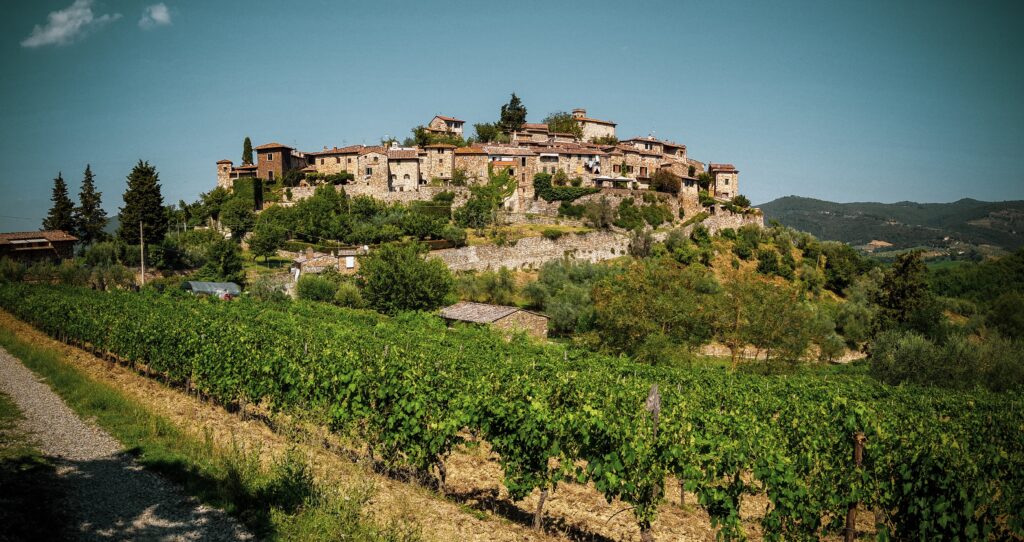
Parts of Italy to Visit: Italian Regions and Provinces
There are several parts of Italy to visit, beyond the usual Rome, Florence, and Venice. Statistically, most Italians don’t live in big cities, are not used to the hustle and bustle of urban sprawls but live in the countryside and are much more familiar with the slow-paced life of the province.
Italy is all about local identities and it is unlikely to find a food, a tradition, or any other aspect of life that doesn’t reflect the regional root. Before considering themselves Italian, locals pride themselves on belonging to their region, typically the one where they were born or have lived the longest.
Parts of Northern Italy to Visit
Eight Italian regions are considered to belong to the northern part of the Country, although there doesn’t exist a clear border and Tuscany is on the edge of Central Italy. Traditionally Northern Italy includes the plains of the Po River valley, the Alps, and surroundings.
Aosta Valley is the smallest region in Italy, known for its stunning Alpine scenery and Mont Blanc, the highest mountain in Western Europe. Among the most popular sky resorts there is Courmayeur, Cervinia (Italian side of the Matterhorn), La Thuile, Gressoney.
Piedmont is the second largest Italian region with a spread Lake District in the north (Lake Maggiore, Lake Orta), the city of Turin, the first capital of unified Italy, and the famous wine regions of Barolo and Barbaresco near Alba and Asti. Read more on our blog “The Piedmont Region“.
Liguria is the northwest coastal region known as “The Italian Riviera” spreading from the border with the French Riviera to Portofino, Cinque Terre and the city of Genoa, a historic maritime power.
Lombardy is one of the richest and most populous region, with Milan as its capital, known for fashion and finance. The region includes Lake Como and the proximity to the Swiss Alps, smaller cities like Mantua and part of Lake Garda.
Trentino-Alto Adige/Südtirol is a bilingual region with a mix of Italian and Austrian cultures, famous for the Dolomites and breathtaking alpine views.
Veneto is the region of Venice, its capital, a world-famous tourist destination. In the same region we find Verona (city of Romeo and Juliet), Padua, Vicenza, Treviso, the Prosecco and Amarone wine districts and the Dolomites.
Friuli Venezia Giulia is known for its multicultural history and Trieste, a port city influenced by Austrian and Slavic cultures. It’s home of the San Daniele ham and premium wines, quaint villages, the elegant cities of Udine and Pordenone, as well as parts of the Dolomites.
Emilia-Romagna is home to the oldest university in the world in the capital Bologna. The famous food valley includes Parma and Modena. Ferrari cars are made there.
Unveiling Italian Regions: Tours to a Different Northern Italy
Northern Italy is a treasure trove of charming towns, culinary delights, renowned wines as nowhere else in the country.
From the stunning lakeside towns of Lombardy to the charming wine-growing region of Piedmont, from the fisherman town of Camogli to the majestic Alps, Northern Italy has something for everyone.
One of the most picturesque places to visit in Northern Italy are Bellagio and Varenna on Lake Como. With its stunning waterfront views, lush gardens, and charming cobblestone streets, Bellagio and Varenna are the perfect place to unwind and soak up the beauty of the Italian lakes.
Another hidden gem in Northern Italy is the town of Alba, located in the Piedmont region. Alba is known for its world-renowned truffles, and the International Truffle Fair held each autumn is a must-visit event for foodies.
If you’re looking for a more off-the-beaten-path experience, you’ll be pleased to spend three nights in the province of Asti in one of the luxury boutique hotels included in our Lake Como, Barolo, and Portofino Tour. Less touristy than the Langhe hills, Asti’s wine region is the perfect place to appreciate the slower pace of life.
Our small group tours to Piedmont include stepping in the home of a local host who share the passion for cooking, or following a truffle hunter in the woods to unearth the precious fungus.
In the Veneto region there is so much to do outside of Venice. Padua is home of the Palazzo della Ragione, a medieval palace with impressive frescoes and a historic marketplace below, and the Scrovegni Chapel, home of Giotto’s frescoes. From Asolo, in the Prosecco wine region to Bassano del Grappa‘s covered bridge, there are culinary stops, bike rides along rivers and relaxing retreats awaiting.

Parts of Central Italy to Visit
Only four regions are considered to belong to central Italy, and only one of them is completely landlocked, the Umbria region. Unveiling central Italian Regions and embark on tours to a Different and less-known Italy.
Tuscany is a large region famed for its Renaissance heritage in Florence, rolling hills and vineyards, Siena, Pisa, Lucca, and the Mediterranean coast up to the quarries of white marble in Carrara.
Our Grand Tour of Tuscany stays three nights in Val d’Orcia, a part of Tuscany filled with charming towns like Montalcino, Bagno a Vignoni and Pienza, with its exquisite Renaissance architecture. Pienza was redesigned and rebuilt in the 15th century following the desire of Pope Pius II, who dreamed of seeing his hometown as a perfect Renaissance town with harmonious buildings and a well-designed piazza.
Umbria is known as “Green Heart of Italy” due to its natural beauty and green landscapes spanning from the cliffs of Orvieto to the mountains of Norcia. Assisi is a must-see for pilgrims and art lovers. Perugia is the capital, known for chocolate and Spoleto a charming historic town.
Marche is on the Adriatic coast and features a mix of mountains and coastline, with Urbino as a center of Renaissance art. Ancona, Pesaro, Gradara Castle, the Conero Riviera, Ascoli Piceno, Loreto, are just some of the must-sees.
Lazio is the region of Rome, the capital of Italy. The city includes the Vatican and countless historical landmarks. The northern part of Lazio is known for Etruscan sites, the city of Viterbo and Civita di Bagnoregio, lakes and parks.
Italian Regions to Visit in the South
Abruzzo is located East of rome and Has a rugged landscape and one of the highest percentages of protected national parks in Europe.
Molise is still unknown to many Italians, it’s Italy’s second-smallest region, often overlooked but rich in ancient Samnite history.
Campania’s capital is Naples but the region boasts the famous and popular Amalfi Coast, archeological sites like Pompei, Herculaneum and Paestum, several wine regions, and stunning islands like Capri, Ischia and Procida.
Join our Naples, Positano & The Amalfi Coast Tour and stay five nights in sea-view rooms of a charming boutique hotel. Perfect to experience Positano‘s romantic allure, with its narrow alleys, quaint cafes, and candlelit restaurants, the town exudes an intimate atmosphere. Spending the night allows you to enjoy dinner under the starry skies and see Positano at its best when crowds leave at the end of the day.
Puglia (or Apulia) Known for its whitewashed towns, olive groves, and unique cone-shaped rooftop houses in Alberobello. The capital Bari has a vibrant Old Town and Lecce is considered the “Florence of the South”. Learn more about our Puglia & Matera Luxury Tour.
Basilicata’s capital is Potenza but the most famous city is Matera, one of the oldest continuously inhabited cities in the world with its cave dwellings. Altamura is a foodie town near the rugged Murgia valley.
Calabria is The “toe” of Italy’s boot, with rugged mountains and beautiful coastline along the Ionian and Tyrrhenian seas.
Two more regions correspond to the two largest Italian islands: Sicily and Sardinia. Discover more on our blog “A Sicily or Sardinia Tour” about the common historical facts and movies that can inspire a tour of these islands.
Sicily is the largest island in the Mediterranean, and home of the capital Palermo, Catania, Taormina, Siracusa, Marsala, Trapani, Agrigento, Noto, Caltagirone and Mt. Etna! Learn more about our Western Sicily & Siracusa Tour.
Sardinia is famous for its stunning beaches, the Emerald Coast, ancient Nuragic sites, the capital Cagliari, Orgosolo, Alghero, and the rugged central mountains. Learn more about our Sardinia Small Group Tour.

Unveiling Italian Regions’ Historical Facts: Tours to a Different Italy
Italy was not a unified country between the fall of the Roman Empire, in the 5th century AD and the 19th century. That alone can explain the lack of a strong national identity, especially when comparing Italy to other countries around the world.
Before the unification in 1861, the Italian Peninsula was a collection of independent city-states, which eventually occupied larger territories, each with its ruling entity, currency, language, and culture.
For example, the Papal Kingdom took over most of central Italy, the Dukedom of the Medici Family controlled Tuscany, and the Kingdom of Naples and Sicily was ruled by the Spanish Crown and then by the Borboni Family. Austria later occupied the Republic of Venice.
In Piedmont, the Count of Savoy, Emanuele Filiberto, took Turin in the mid-1500s and soon after expanded to the entire region. In 1713, the young Duke Vittorio Amedeo II was awarded the title of king after defeating the French.
The House of Savoy unified Italy which was a monarchy until World War II. Today’s Democratic Republic was established on June 2nd, 1946.
Italian Regions Administration
Italy is divided into regions for administrative and political purposes. The regional division of Italy has historical roots and was influenced by various factors, including geography, culture, and governance.
Italy opted for a decentralized administrative system, giving considerable power and autonomy to regional governments.
This decentralization aimed to accommodate the cultural and historical differences between regions and to foster local development. It allows for better governance, and for the implementation of policies tailored to the specific needs and characteristics of each area.
Italian Regions Geographical and Cultural Differences
Italy’s geography is diverse, ranging from the Alps in the north to the Mediterranean coastline in the south, along with several islands. Different regions have distinct climates, landscapes, and cultural identities, which influenced the development of regional identities.
The fertile plains and valleys of Northern Italy support a thriving agricultural sector. Regions like Piedmont, Lombardy, Emilia Romagna, and Veneto, crossed by the Po Valley, are known for their rich farmland, which allows for the cultivation of crops like wheat, rice, and vegetables.
The Mediterranean climate along the coasts is suitable for growing olives, grapes, and citrus fruits. As a result, Italian cuisine is heavily influenced by the availability of these local ingredients, leading to regional variations in dishes and cooking styles.
How the Climate Shapes Italian Regions
Italy experiences a range of climates, from the continental and alpine climate in the north to the Mediterranean climate in the south. These differences impact daily lifestyles, such as clothing choices, outdoor activities, seasonal celebrations, and the overall attitude and mental approach to life.
Notoriously, life in the north tended to be more hectic and focused on work and a very active daily routine, while in the South a more laid-back and slower pace has always been more typical.
If these older stereotypes of Italy belong mostly to the past, in modern days it is possible to find some of these differences among the older generations.
A longer afternoon lunch break tends to be still a real thing in those areas of Southern Italy where the heat is an obstacle to everyday life. On the contrary, the fast rhythm of life in larger cities, especially in the north, is much more similar to international metropolitan areas.
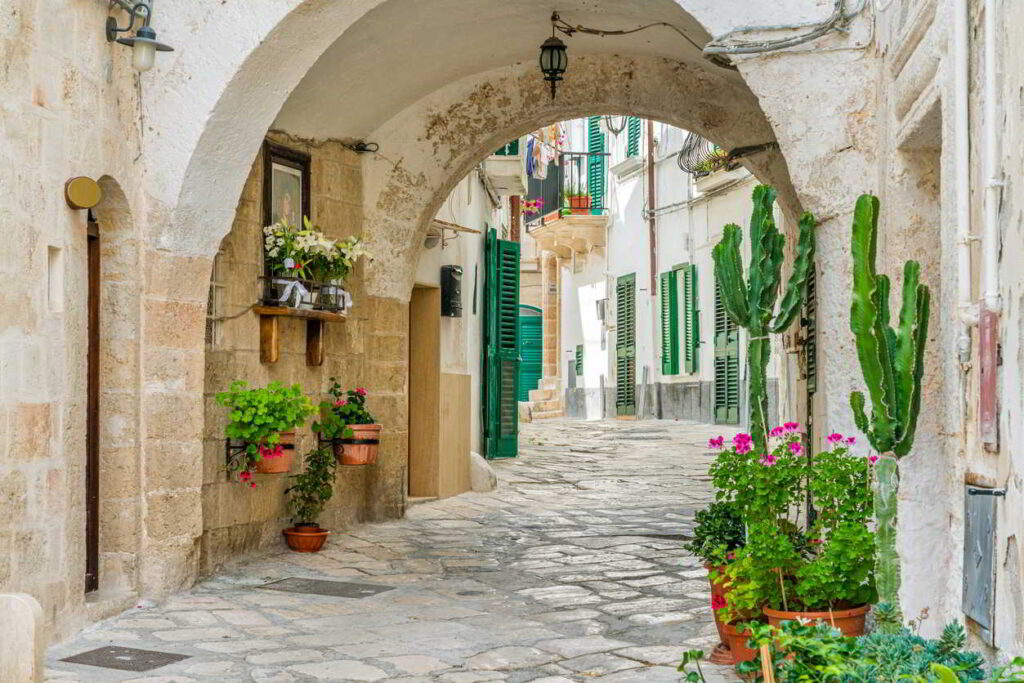
The Must-Try Italian Dishes in Each Region
One of the best things about traveling in Italy is the chance to sample the country’s delicious regional cuisine. Each region has its specialties, and trying these dishes is an essential part of the Italian experience.
While tomato sauce, spaghetti, and pizza are iconic Italian food, the real Italian cuisine goes ways beyond those stereotypes. Read our post about Italian pasta and discover how many shapes, textures, and ingredients can be used to prepare regional pasta dishes.
In Northern Italy, be sure to try the Milanese risotto, which is flavored with saffron and often served with ossobuco (braised veal shanks). And in Piedmont, don’t miss the chance to try the region’s famous tajarin pasta, which is made with egg yolks and served with a rich meat sauce.
In Central Italy, the famous Florentine steak, grilled over an open flame and served rare is a must for meat lovers. And in Umbria, don’t miss the chance to try the region’s famous lentil soup, which is hearty and flavorful.
From the famous spaghetti carbonara of Rome, made with eggs, pancetta, and pecorino cheese, to the Neapolitan pizza, made with San Marzano tomatoes and fresh mozzarella, to the Sicilian arancini, which are fried rice balls stuffed with meat, cheese, and tomato sauce, these popular dishes won’t disappoint.
Explore Authentic Italian Regions with Curated Small Group Tours
Italy deserves to be visited in style and with an intimate travel experience, rather than rushing through the crowds.
Our small-group tours to Italy’s best-kept secrets include insider stories on the most charming towns, mouthwatering local dishes, combining breathtaking natural wonders with off-the-beaten-track encounters where large groups and independent travelers don’t go.
Whether you’re a first-time visitor or a seasoned traveler, our small group tours deliver a hassle-free travel experience where logistics are taken care of.
Getting to the most remote Italian regions and provinces, exploring one small part of Italy at a time, takes a deep knowledge of local territories and reaching places where driving can be challenging. For example, read our blog “Good Reasons to Avoid Driving on the Enchanting Amalfi Coast”.
Our local expertise, and the team of vetted tour guides and travel professionals who help us design itineraries, make a valuable difference.
So, pack your bags, grab your camera, and get ready to unveil Italian regions through tours to a different Italy.

